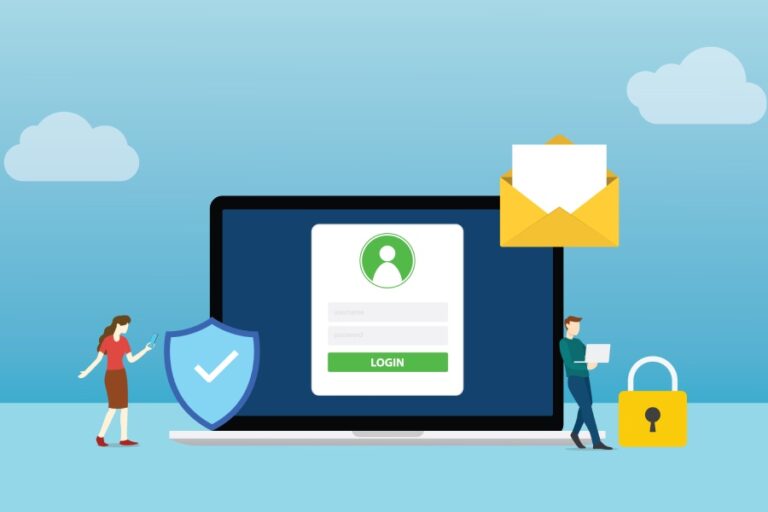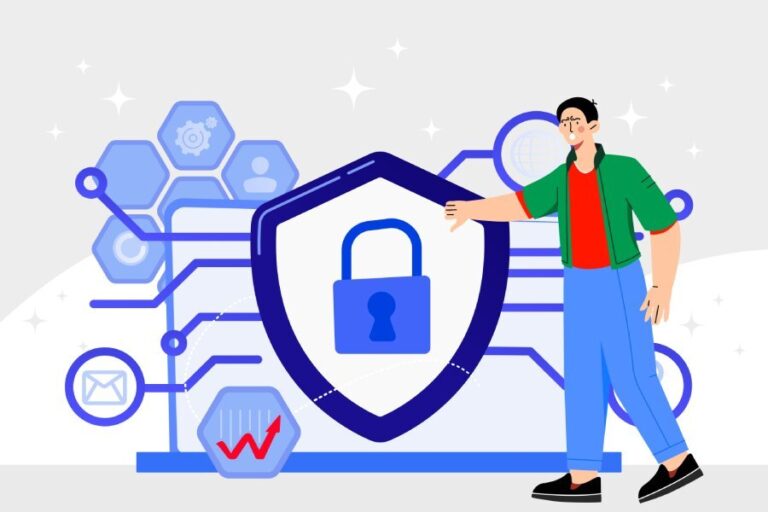How to Detect Fake Email Addresses: Tips to Identify Scams
Every day, our inboxes are filled with emails that promise the world, but unfortunately, many of them could be traps waiting to snare the unsuspecting. Detecting fake email addresses isn’t just a skill; it’s an essential part of navigating today’s digital landscape. With around one in four people experiencing phishing attacks recently, we must learn how to spot these scams before they infiltrate our lives.
Whether it’s noticing unusual domain names or recognizing poor grammar, there are various clues that can help protect you from scammers. In this article, we’ll explore practical tips and tools to help you identify fake emails and keep your personal information safe. Let’s dive in!
You can detect fake email addresses by looking for unusual domain names, checking for misspellings or odd characters in the sender’s address, and paying attention to generic greetings often used in scams. Additionally, utilizing email verification tools can help you confirm whether an email address is valid and exists without sending any messages.
Common Characteristics of Fake Emails
Recognizing fake emails becomes easier once you know the typical characteristics they often exhibit. Many fraudulent emails use flashy language to provoke a hasty response. These emails frequently feature attention-grabbing subject lines filled with urgency, such as “Your Account Is Locked!” or “Immediate Action Required.” Such statements are designed to trigger anxiety and lead you to act impulsively without pausing to check the legitimacy of the sender.
However, the real signs of a scam lie beneath the surface. One common characteristic is the presence of misspellings and grammatical errors throughout the message. Scammers often target multiple languages or are non-native speakers themselves; thus, their lack of proficiency can reveal their true intentions. If an email presents itself from a well-known corporation but is riddled with mistakes, it should immediately raise red flags.
Another critical aspect to consider is the use of generic greetings. If an email addresses you as “Dear Customer” instead of using your name, it’s likely a mass-mailed piece crafted by someone looking to exploit others. Legitimate companies typically personalize communications because they value customer relationships. In contrast, scammers prefer broad and non-specific terms to cast a wide net.
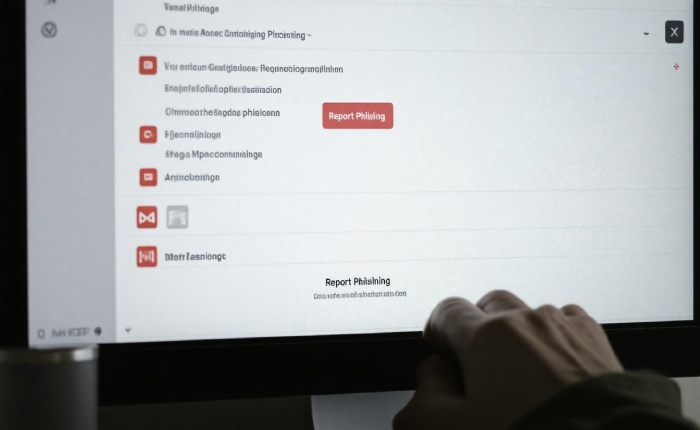
While those factors help identify potential scams, one should not overlook the importance of scrutinizing the sender’s email address itself.
Suspicious emails often come from unusual or misleading domain names. It’s quite telling when an email supposedly from a renowned institution comes from an odd web address. For example, receiving an email from “support@paypa1.com” instead of “support@paypal.com” may indicate foul play; always examine each character closely for discrepancies. A simple typo can reveal a scammer’s attempt at deceptiveness.
Be wary of any correspondence requesting personal information or login credentials. Authentic businesses rarely ask for sensitive data through email, opting instead for secure portals or encrypted communication methods. A request that extends beyond basic confirmation should set off alarm bells in your mind.
As cybersecurity has tightened over the years, awareness remains key to protecting yourself online. It is far wiser to err on the side of caution than risk falling victim to clever traps set by impersonators.
Understanding these traits will bolster your defenses against fraud attempts and provide insights into identifying suspicious links and domains that may further compromise your security.
Spotting Suspicious Domains
Scammers are cunning, often creating email addresses that mimic those of legitimate organizations. They rely on minor tweaks. For instance, changing just one letter or adding an extra character can make a world of difference. Imagine receiving an email from “info@amaz0n.com” instead of the genuine “info@amazon.com.” At first glance, it may look legitimate, but a closer inspection reveals its fraudulent nature.

A common tactic involves using unusual top-level domains (TLDs) like .xyz or .top, which can be red flags. These TLDs don’t typically represent established brands and may signal that something is off. Why would Amazon use a .xyz domain for their communications? It simply doesn’t align with their brand integrity. Additionally, watch out for domains that slightly misspell well-known brands or include extra words or characters—like “secure-login-amazon.com.” These subtle changes are designed to deceive unsuspecting recipients.
When you suspect an email might be a scam, hovering your mouse over the sender’s name can reveal the actual email address without needing to open it. This straightforward action allows you to see the domain clearly and determine if it fits with what you expect from the institution. If you’re still uncertain after identifying the sender’s domain, cross-reference it with the official domain of the company it claims to represent.
Important caution: Subdomains can also mislead recipients into believing an email is legitimate. For example, emails from “update@subdomain.company.com” can appear marketing-friendly but may not be an actual communication from the primary company.
Studies indicate that approximately 75% of phishing emails utilize domains designed to resemble legitimate ones. This staggering statistic highlights the necessity for individuals to stay vigilant and educated about how scammers manipulate these domains to promote their deceitful campaigns.
To ensure you’re equipped to recognize suspicious domains effectively, consider these pointers derived from practical experiences:
- Legitimate domains tend to have a clean structure and are consistent with branding (such as google.com or amazon.com).
- Conversely, suspicious domains often employ creative spellings or add unexpected characters (like g00gle.com substituting zeros for ‘o’).
Learning to identify these characteristics in domain names dramatically enhances your ability to guard against potential scams. With this knowledge in hand, we can now shift our focus to another critical aspect of email security: examining the details hidden within messages.

Analyzing Email Headers
A deeper dive into the email header can provide clues about the email’s origin and legitimacy. Email headers contain hidden information that most people scroll past without a second thought. However, these details can reveal much about the sender and their intentions. Exposing yourself to the intricacies of these headers gives you an essential tool in your arsenal against cunning phishing attempts and scams.
Accessing Email Headers
Different email clients have various ways to view email headers, so knowing how to access this information is your first step. For instance, in Gmail, you can click on the three dots in the upper right corner of the email and select “Show Original.” This opens a window that reveals all the technical details of the header. In Outlook, you’ll need to navigate to File > Properties > Internet Headers—this path may seem tedious but can unveil critical insights. With each click, you’re peeling back layers of obscurity to uncover the truth behind the message.
Once you’ve accessed these headers, it’s time to focus on what specific elements to pay attention to for thorough analysis.
Key Elements to Analyze
Within an email header, certain parameters serve as signposts along its digital journey. One of the most telling aspects is “Received: from,” which outlines the email’s path from sender to recipient. If the email claims to be from a reputable company but shows an IP address originating from a foreign country, it’s likely a red flag worth investigating further.
For instance, consider an email header that indicates an IP address such as “195.95.147.58.” You can look up this address in online databases like ARIN or WHOIS, which catalog IP information, revealing its true origin and whether it matches the purported sender. This kind of detective work enhances your skills while empowering you against potential threats.
Another key element you might encounter is the “From” address itself. While it may display a recognizable name, remember that scammers often employ techniques called spoofing to disguise their actual identity. To verify authenticity, check the Return-Path or Reply-To fields—these usually show where responses will actually go. Misleading names accompanied by mismatched addresses should raise immediate suspicions.
Additionally, don’t overlook timestamps within the header. They provide important context about when an email was sent and whether it aligns with expectations based on geographical time differences (especially when international time zones come into play). If something feels off—like an unanticipated arrival time—it could merit further scrutiny.
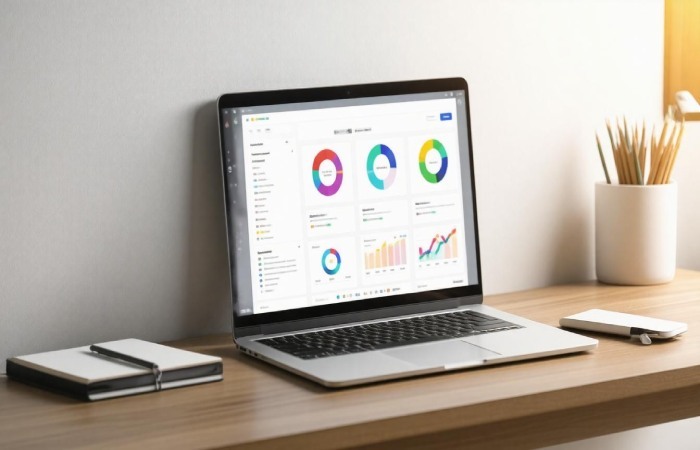
As you become adept at analyzing headers and recognizing common patterns within them, you’ll improve your ability to weed out fraudulent communications effectively. This vigilance not only keeps your personal data safer but also contributes to maintaining a secure digital ecosystem for everyone around you.
What follows is an exploration of tools that can assist in verifying the legitimacy of emails, enhancing your defenses against scams and phishing attempts.
Effective Verification Tools
There are numerous online tools designed to help verify the authenticity of email addresses. These tools empower individuals and businesses to enhance email deliverability rates by validating addresses before they become part of your mailing list. Imagine sending out a beautifully crafted newsletter only to realize that a significant portion of your audience didn’t receive it because their emails were invalid; this is where verification tools can save the day.
One popular choice is Email Hippo, which offers a suite of services that can streamline your verification process. With its Free Email Verification Tool, you can check if an individual email address exists, ensuring that you’re not sending messages into the void. Do you have a long list of email addresses to verify? Fear not! Their Bulk Email Checker allows for the rapid verification of multiple emails at once, saving you time and effort. Additionally, the ease of integration offered through their API can enhance your marketing database and efficiently filter sign-up submissions, ensuring only the best contacts remain.
Comparing Top Email Verification Tools
Whether you’re considering Email Hippo or exploring other options, understanding what each tool offers is crucial for identifying which is most suited for your needs. Here’s a quick glance at some popular choices:
| Tool Name | Functionality | Best Use Case |
| Email Hippo | Checks if an address exists | Single email verification |
| NeverBounce | Offers bulk email verification | E-commerce newsletters |
| ZeroBounce | Scans for spam traps and hard bounces | Targeted email marketing campaigns |
Among these options, NeverBounce stands out with its impressive bulk verification capabilities. For businesses relying on large-scale emails, such as e-commerce newsletters, maintaining clean and valid lists is crucial to prevent wasted resources on undeliverable messages. On the other hand, ZeroBounce not only verifies addresses but also provides deeper insights by identifying potential spam traps or hard bounces—knowledge that’s essential for protecting your sender reputation in future campaigns.
As you navigate these tools, consider key features like accuracy, speed, integration capabilities, and pricing models. Each aspect will impact how well the tool serves your purposes. Investing in a verification solution acts like an insurance policy for your email campaigns; it protects your sender reputation while improving overall engagement with your audience.
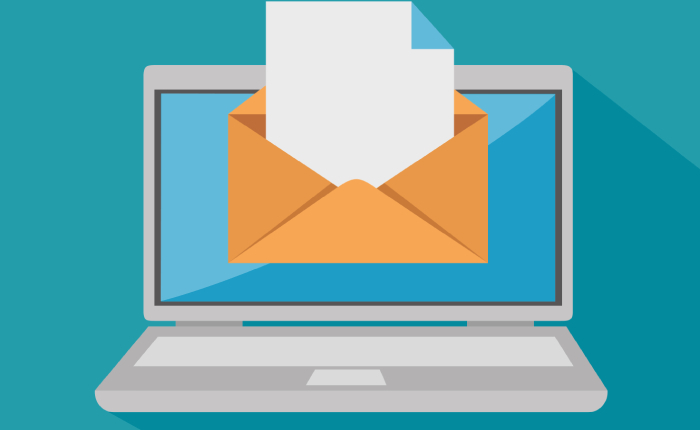
In a world where successful communication hinges on immediate responses, robust verification tools ensure that every email sent has a real chance of reaching its intended target. Whether you’re an individual or managing an entire marketing team, these tools offer invaluable insights into effectively managing your contact lists.
Equipped with effective verification strategies, we can now shift our focus toward recognizing patterns that signify deceptive practices often lurking within communications.
Identifying Phishing Patterns
Phishing attacks often follow specific patterns designed to extract sensitive information from their targets, exploiting vulnerabilities with cunning precision. To better defend ourselves against these deceptive tactics, we must familiarize ourselves with the telltale signs that denote a phishing attempt.
Common Elements in Phishing Emails
- Urgent Demands: One of the primary red flags is the demand for immediate action. These messages create a false sense of urgency by prompting you to update your credit card information or verify your account within a tight timeframe. Scammers hope this rush leads recipients to bypass common security measures and act without thinking.
- Fake Links: URLs that seem legitimate at first glance often lead to malicious websites. To avoid falling victim, always hover over links before clicking on them; doing so displays the actual URL where the link directs you. If it looks suspicious or different from what you’re used to, don’t click.
- Attachments: Be cautious with unsolicited attachments, which may claim to be invoices or receipts but conceal malware within their code. Scammers utilize these attachments to infiltrate your devices and gain access to personal data. If an unfamiliar sender sends an attachment, it’s wise to delete the email immediately instead of risking exposure.
According to cybersecurity reports, phishing attacks increased by over 60% from 2020 to 2021, reflecting the growing sophistication of these scams.
Beyond recognizing these patterns, it’s crucial to develop an instinct for skepticism when receiving unexpected emails—especially those requesting personal information. Through practice and awareness, you’ll sharpen your ability to detect deceitful communication in any form.
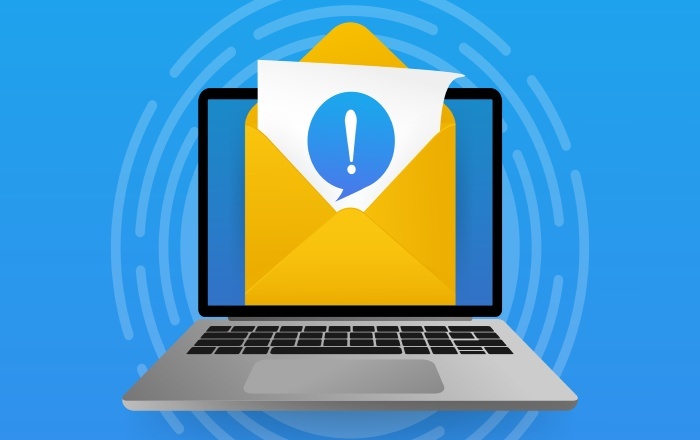
Maintaining proper email hygiene plays a vital role in defense against phishing attempts. Regularly scanning your inbox and deleting suspicious emails can protect you while reducing clutter and enhancing overall productivity.
By understanding the underlying mechanisms behind phishing emails and recognizing their patterns, you position yourself as a more informed recipient equipped to combat these pervasive scams effectively.
Armed with foundational knowledge of these threats, we can now explore sophisticated techniques that enhance our ability to identify fraudulent correspondence more efficiently.
Advanced Detection Methods
For those wanting to stay a step ahead of potential threats, incorporating advanced techniques into your email screening process is essential. One of the most promising advancements in this area is the use of machine learning algorithms. These sophisticated systems analyze vast amounts of email data, comparing them against established patterns and identifying anomalies that might easily slip past the human eye. Imagine having a team of digital detectives tirelessly scrutinizing your inbox—this is precisely what machine learning does for us.
Machine Learning Algorithms
By continually learning from new data, these algorithms adapt over time, improving their detection capabilities. For instance, they can flag emails with unusual metadata characteristics or those that link to known malicious domains. This means as scammers become more cunning, your defenses get smarter right alongside them. Think of it as an ongoing cat-and-mouse game where the mouse gets faster and more agile while the cat learns new strategies to catch it.
“The beauty of machine learning lies in its ability to evolve; each phishing attack teaches the system something new.”
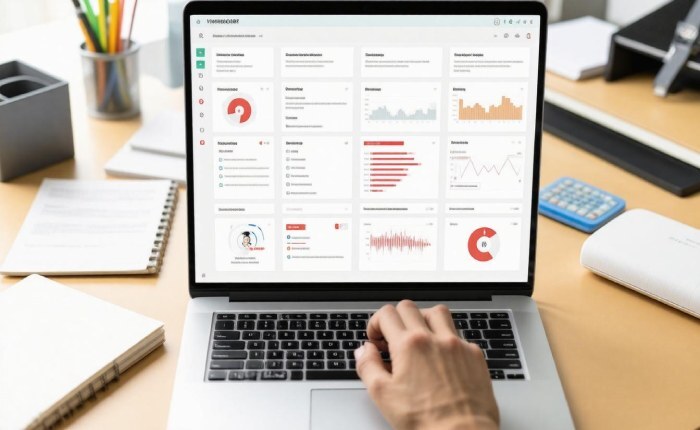
As these systems evolve, they begin recognizing subtle cues—the slight variances in phrasing, sender addresses that don’t quite match expected formats, or even patterns indicating a Business Email Compromise (BEC) attack. It’s this fine-tuned analysis that becomes vital in thwarting phishing attempts before they ever reach your attention.
DNS Lookups and SPF Records
Another powerful tool in the arsenal against fake emails involves performing DNS lookups and checking Sender Policy Framework (SPF) records. This method serves as a verification checkpoint—for instance, if an email claims to come from a trusted domain like your bank, you can check if the IP address sending it aligns with those authorized by that institution. Essentially, are you getting mail from them or someone impersonating them?
Combining Measures for More Robust Security
Furthermore, integrating technologies such as DKIM (DomainKeys Identified Mail) and DMARC (Domain-based Message Authentication, Reporting & Conformance) can enhance your verification process significantly. DKIM adds a digital signature to outgoing messages, allowing receiving servers to verify that the message has not been altered in transit. DMARC complements that by specifying how recipients should handle emails failing DKIM checks or SPF verifications: delete them outright or quarantine them for further inspection.
As you implement these layers of verification, envision building a fortified wall around your email communications—each layer adding strength and resilience against would-be attackers.
With these advanced detection methods in place, you create a proactive stance against phishing attempts and scams. It’s more than just reacting; it’s about outsmarting potential threats by employing cutting-edge technologies that evolve with every interaction. Regularly updating and utilizing these tools ensures your defenses remain sharp and ready for whatever new tactics malicious actors might devise next.
Equipped with these insights into detecting fake emails, it’s time to consider how we can further bolster our defenses in the realm of electronic communication.
Strengthening Email Security
Strengthening your email security is crucial to prevent falling victim to fake emails. One of the most effective methods to boost your email security is enabling Two-Factor Authentication (2FA) on all your accounts.
This additional layer of protection adds an extra step beyond your password, requiring you to confirm your identity with a second form of verification, like a text message or an authentication app. Imagine receiving a code on your cellphone every time you try logging in; even if someone manages to steal your password, they won’t have access to your phone to complete the login.
Enable Two-Factor Authentication (2FA)
Take the time to implement 2FA wherever possible. Not only does this simple action reduce the risk of unauthorized access significantly, but it also provides peace of mind knowing that you have an added layer of security protecting sensitive information from prying eyes.
Another key element of email security involves regularly updating passwords. Think of it as rotating keys to a safe; using the same password indefinitely poses significant risks. Change your email passwords frequently, ensuring they consist of complex and unique combinations for each account.
Regularly Update Passwords
Tools like LastPass or 1Password can be game-changers here, helping you manage these passwords securely without needing to memorize each one. They also generate strong passwords that adhere to current NIST guidelines, focusing on length over complexity. Having each password serve as a locked gate ensures that even if one gate is compromised, the others remain secure.
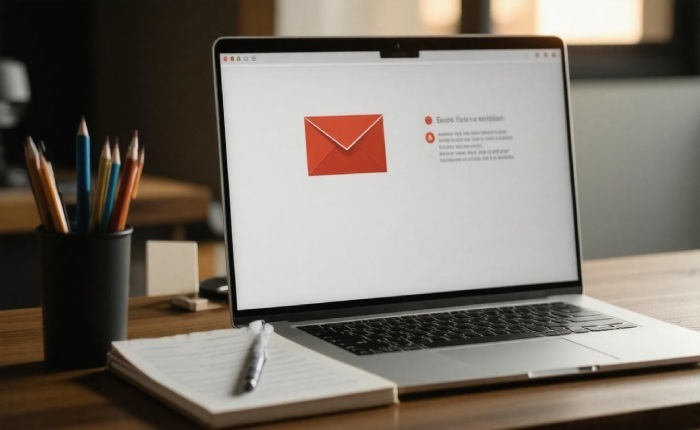
Additional security measures can further protect your email and create a strong barrier against potential threats.
Keeping your email client and software up to date is another vital practice that often gets overlooked. By ensuring automatic updates are turned on, you will benefit from security patches that address vulnerabilities exploited by attackers.
Ultimately, you’ll find that adopting a combination of awareness, technology, and best practices creates a robust defense against fraudulent emails. Recognizing suspicious emails becomes easier when you know how well-protected your inbox is, thus allowing you to catch potential scams before they can do harm.
By remaining vigilant and implementing these best practices, you empower yourself against the ever-evolving landscape of email threats. Ensure that your email experience remains safe and enjoyable at all times.
Can fake email addresses be monitored or reported, and if so, how?
Yes, fake email addresses can be monitored and reported. Users can report suspicious emails to their email providers, which usually have dedicated mechanisms for reporting phishing or scam attempts. According to the Anti-Phishing Working Group, around 1 in 4 people experienced a phishing attack in 2023, highlighting the importance of reporting these incidents to help combat the issue. Additionally, anti-spam organizations track these reports to improve filters and prevent future scams, making it crucial for individuals to take action when they encounter fake emails.
What steps should I take if I receive an email from a suspected fake address?
If you receive an email from a suspected fake address, first carefully examine the sender’s email address for discrepancies or unusual domains. Avoid clicking on any links or downloading attachments, as these may contain malware. Verify the legitimacy by contacting the organization directly through official channels rather than responding to the email. A study by the Anti-Phishing Working Group found that over 75% of phishing emails use familiar brand names, so remain vigilant. Lastly, consider reporting the email to relevant authorities to help mitigate future scams.
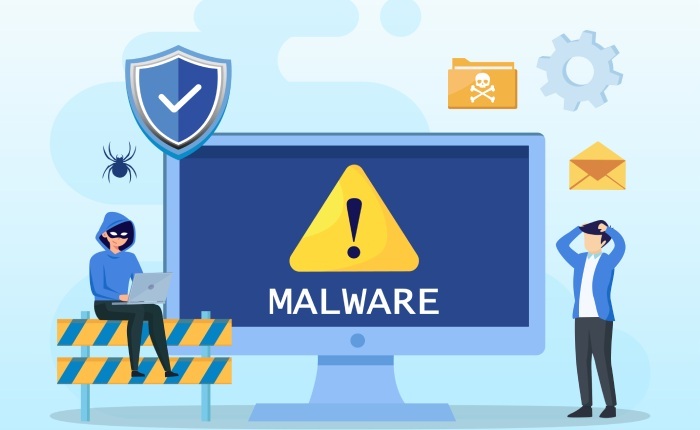
What are the common signs that an email address may be fake or suspicious?
Common signs of a fake or suspicious email address include misspellings or unusual characters in the domain name, such as “gmail.con” instead of “gmail.com,” and addresses that use free email services (e.g., yahoo.com, gmail.com) impersonating legitimate companies. Consistent with studies, about 75% of phishing attacks utilize spoofed email addresses, which often have generic greetings and poor grammar, further indicating potential scams. Always verify the sender’s details and be cautious with any requests for personal information.
Are there any tools or software available to help verify the authenticity of an email address?
Yes, there are several tools and software available to help verify the authenticity of an email address. Tools such as Hunter.io, NeverBounce, and ZeroBounce can check if an email is valid, whether it belongs to a working domain, and even assess the risk level associated with the address. According to studies, using email verification tools can reduce bounce rates by up to 70%, thereby enhancing your email marketing effectiveness and safeguarding against scams.
How can I tell if an email domain is reputable or associated with fraud?
To determine if an email domain is reputable or potentially fraudulent, check for characteristics such as misspellings, unusual domain names (e.g., using .biz instead of .com), and mismatched sender information. Research the domain through online tools and comparison with known legitimate websites; for instance, nearly 75% of phishing emails feature domains that mimic real companies but often include added characters or different extensions. Additionally, verify if the domain has a secure connection (https) and look up reviews or user experiences regarding the email source. Always be cautious if an unsolicited email asks for personal information or payment details.


